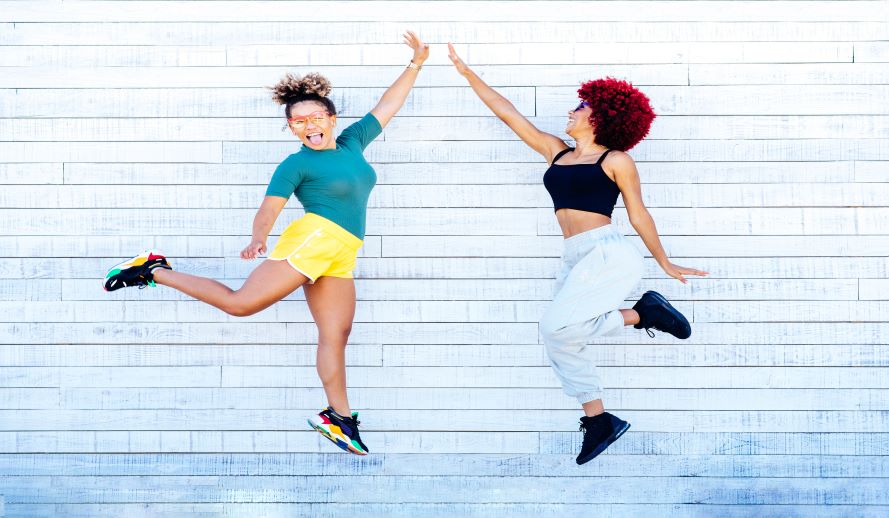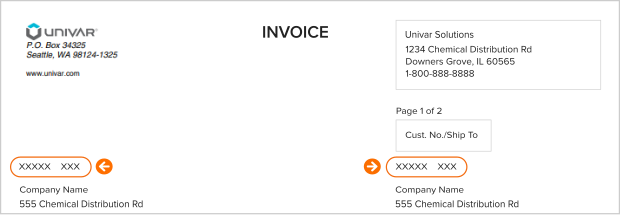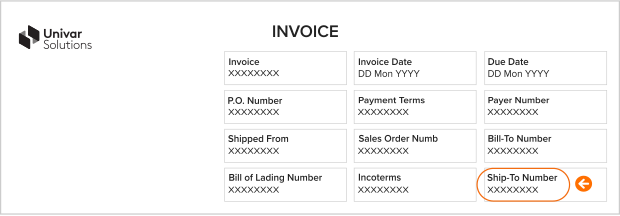We’re here to provide you with more information or help answer any questions you might have. Send us a note and we’ll get back to you as soon as possible.


No Boundaries: How inclusive beauty presents opportunities for brands, formulators, and innovation
How beauty inclusiveness impacts demand (and expectations) from manufacturers
The beauty and personal care industry has always been dynamic – changing and shifting toward consumer-driven, universal approaches to product definitions, how to categorize beauty products, and how we educate consumers to make decisions that best suit their particular beauty needs.
In the past, how manufacturers marketed or spoke to consumers about their offerings had a rigid gender-bound and binary approach. Gender can also potentially limit or reduce the scope of how consumers see beauty products, concepts, or possiblities for beauty routines.
People like to feel pretty – the evidence is in the global sales figures. Over the past decade, beauty consumers in America have spent more than $500 billion on beauty products, where the industry is only second to dry groceries in the number of new annual product launches. American women spend an estimated $3,756 annually on beauty services and products. Men, however, do not lag too far behind, spending just under $3,000 yearly across the same product categories. According to the Economist magazine, consumers in China are expected to spend more than $100 billion a year by 2024.
Beauty often takes cues from fashion trends, and the culture has progressed toward marketing strategies by mirroring the transitions we've seen in fashion in recent years. In a world where social media platforms have become educational entertainment – or "edutainment" for consumers – brands must work to shift the language, visual identities, and color palettes toward inclusive beauty for all.
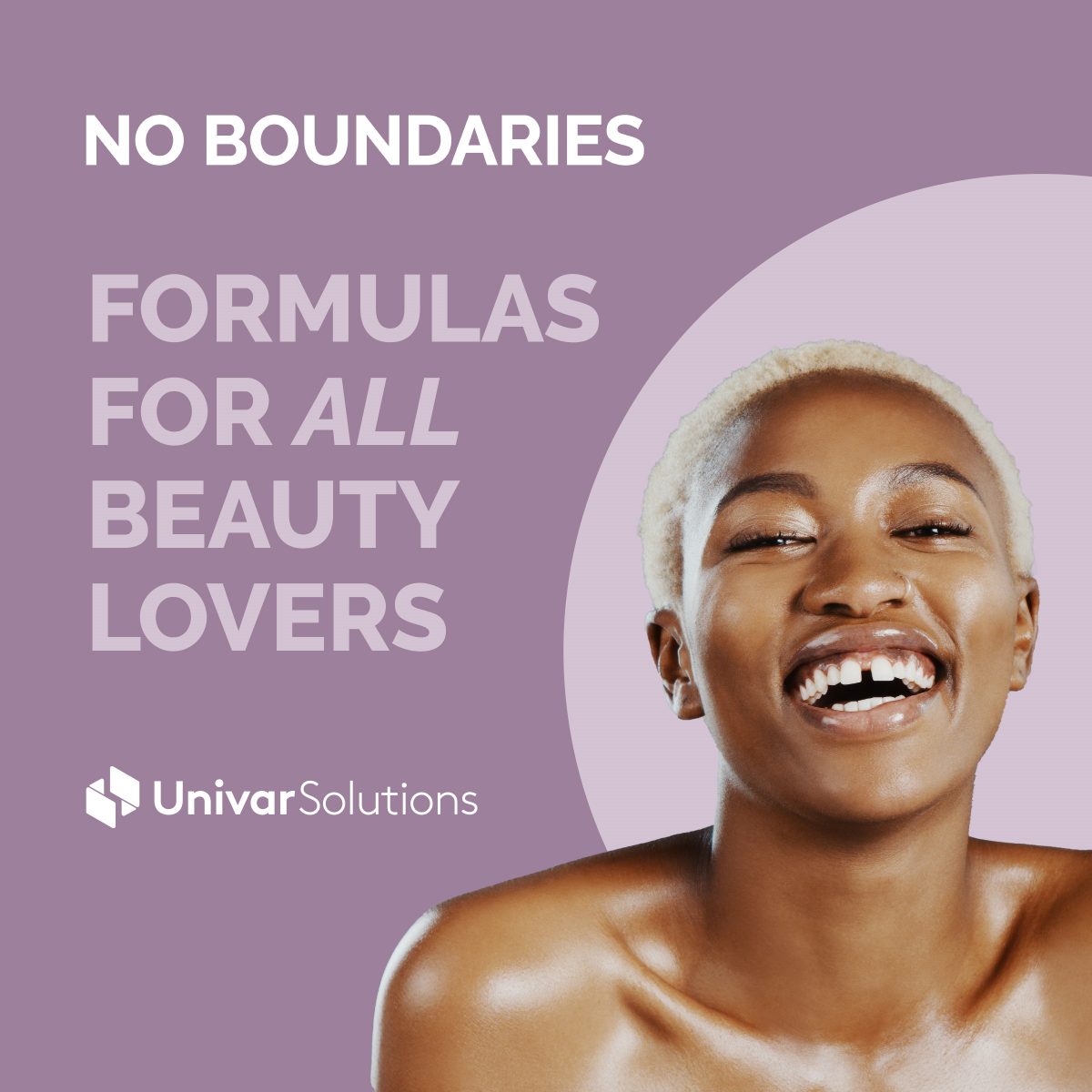

By breaking away from traditional beauty norms and definitions of the past, consumers hoping to upgrade their beauty regimens or find joy and artistic expression through beauty will now have a breadth of available options on an unprecedented scale. The pressure falls on beauty producers and formulators to meet this anticipated influx of demand.
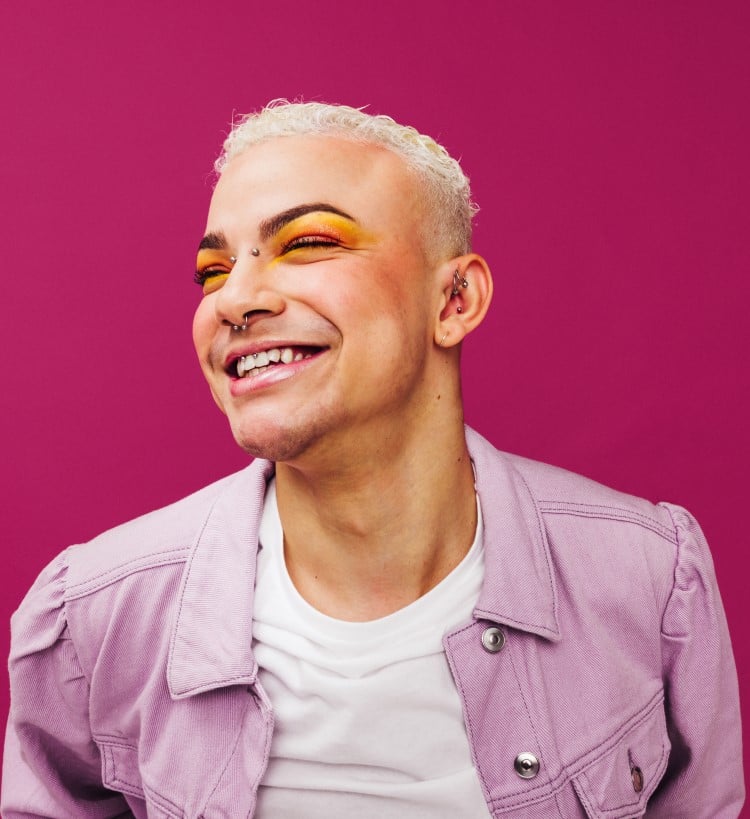

A historical perspective: Beauty was always inclusive
Historically, "beauty for all" isn't a new or innovative concept. In fact, it dates to the times of Ancient Egyptians. When looking at sculptures, paintings, hieroglyphics, and other Ancient Egyptian artwork, men and women are frequently depicted wearing black kohl eyeliner and malachite eyeshadows. Additionally, Greeks and Romans of all genders were legendary for wearing dresses (togas, anyone?), facial powders, and even rouge. Babylonian warriors also knew the value of a great beauty routine since they were often selected by how "pretty" they were and spent hours receiving beauty treatments before heading to the battlefield, according to David Yi, author of "Pretty Boys: Legendary Icons Who Embraced Their Beauty, Redefined Masculinity, and Changed the World."
Fast forward to around the 19th century, and we began to see a shift – or rather a split – resulting from puritanical societal norms. Beauty became associated with something only women could enjoy. Men had to distance themselves from anything viewed as "too feminine," which now signified weakness and decreased masculinity. Furthermore, men became the dominant, "stronger" gender while women took a backseat. The repercussions of this societal shift are still intact today.
The lines continue to blur and fade as progressive attitudes toward beauty gradually change, fueled by androgynous pop culture icons such as Little Richard, David Bowie, Prince, and Harry Styles since the late 20th century. This beauty movement trend among cis-men is making even further advances today. In its purest essence, makeup is joy packaged up – so why should consumers be limited to options based solely on gender when men and women have employed beauty regimens for centuries before?
How beauty diversity will impact cosmetic formulation and strategic brand marketing
From a technical standpoint, makeup is gender-neutral. Beauty formulators typically focus on performance needs and applications when they start a new project. The gender divide only factors in if the marketing brief calls for it and often centers around fragrance.
“When I start on a new formula, it is a blank canvas, and I develop the product around the desired texture and performance attributes," says Alex Walther, Univar Solutions senior chemist. "It is only after I have developed a stable base formula or chassis that I take the marketing brief to add in pigments, colors, and fragrances. I essentially take a neutral, unbiased formula and 'gender' it.
However, it is really interesting how gendered fragrance can be perceived since, in reality, there is no fragrance that is actually masculine or feminine. I believe a lavender or floral scent should only be seen as pleasant rather than feminine.”
"Genderless," "unisex," and "gender neutral" are all popular descriptions found in modern product marketing. But what does this mean for the future of inclusivity?
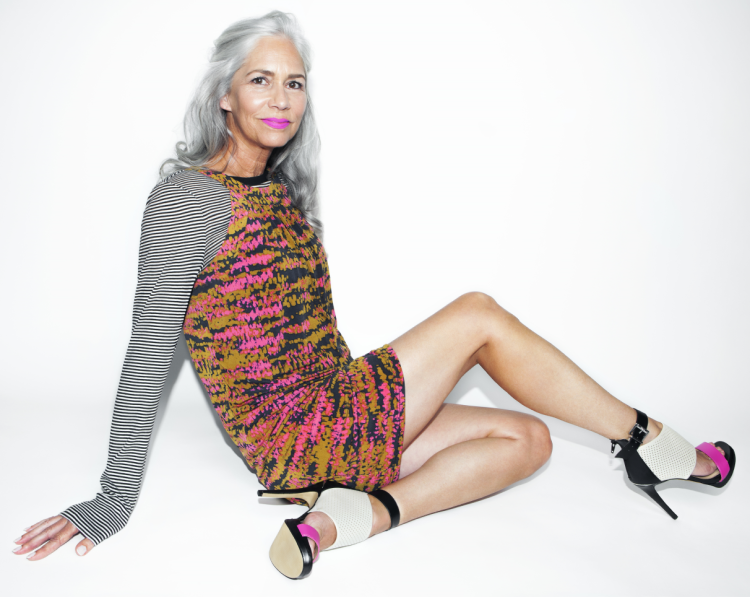

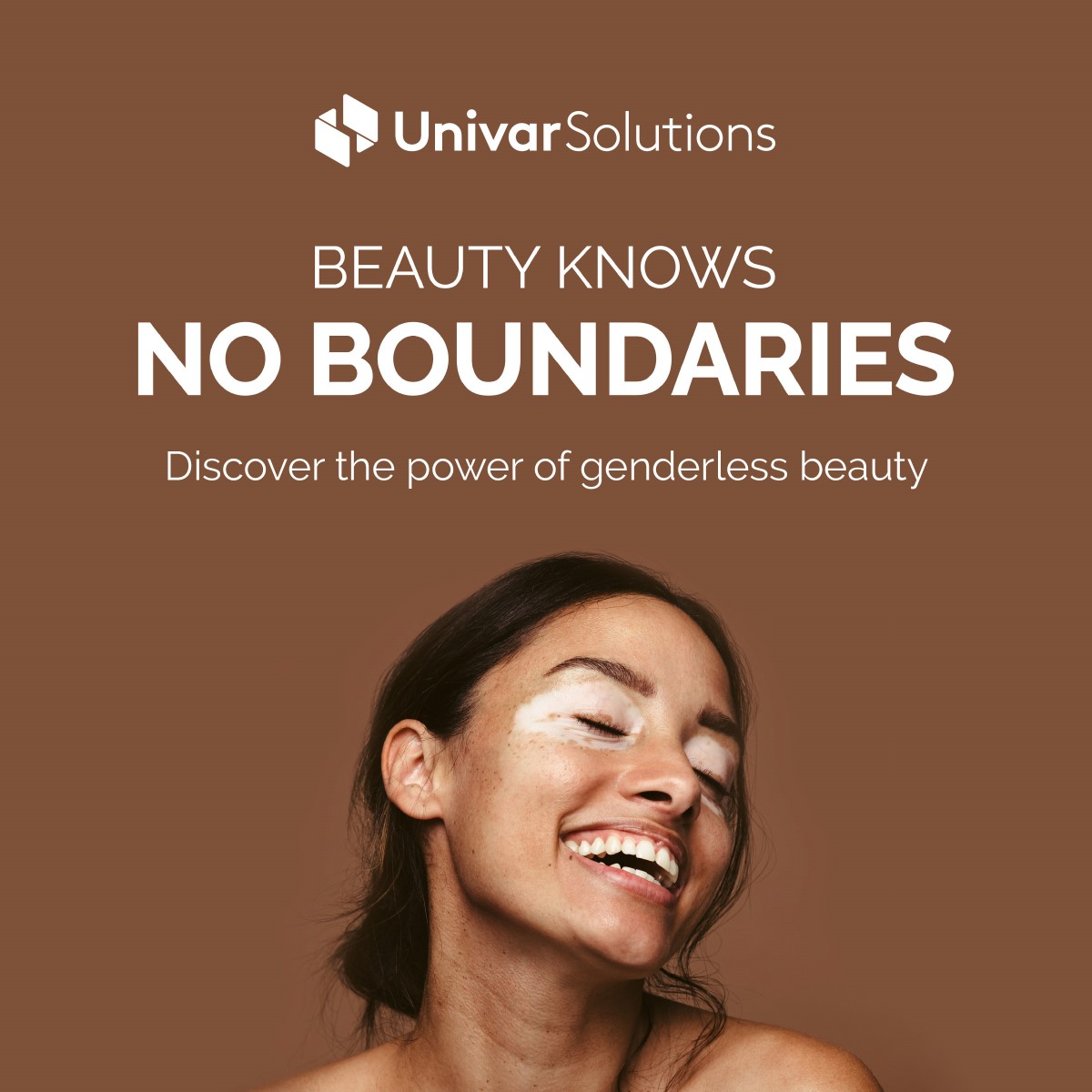

Previously, most of the beauty industry's global revenue went to beauty incumbents, most notably L'Oréal and consumer products giant Unilever, with 2021 global sales of $35.64 billion and $24.17 billion, respectively. However, the beauty retailer landscape is rapidly changing. More digital native indie startups (such as ManiMe, Shampora, and By Humankind) offer specialized, niche product ranges focusing on environment-friendly and natural ingredients.
Moreover, these brands also leverage technology to ensure that consumers make the best product choices for themselves to meet their specific beauty needs, reducing unused product waste and promoting sustainability.
With new and increasing competition entering the panorama of the beauty space, it is essential for brands to have the right formulation strategies, messaging, and marketing support to target younger shoppers with less gender-based emphasis. Engagements with content mentioning non-binary, transgender, and gender-fluid beauty terms have increased by over 50%, with 35% of Gen Zers saying they know someone who identifies with gender-neutral pronouns in contrast to 25% of millennials.
The reality is that while beauty diversity and inclusion have made strides, there is still progress to be made. While some might perceive the term "genderless" as erasing gender, it's more about opening the conversation to allow access for all who wish to participate. Continuing with gender-specific marketing tactics is outdated amongst most younger consumers, and non-inclusive verbiage and imagery are potentially offensive, and no longer business savvy. Younger generations (millennials, Gen Z, Gen Alfa) helped shape the development of social media, and demographic changes are redefining the rules of society for the sake of new values.
According to the National Purchase Diary Panel's iGen Beauty and Consumer Report, 40% of adults aged 18-22 show interest in gender-neutral beauty products. Efficacy has no gender – it's about product performance and associating benefits with consumer needs. Formulators will benefit by focusing on product development that solves consumer problems, responds to a need, and inspires all to express individuality.
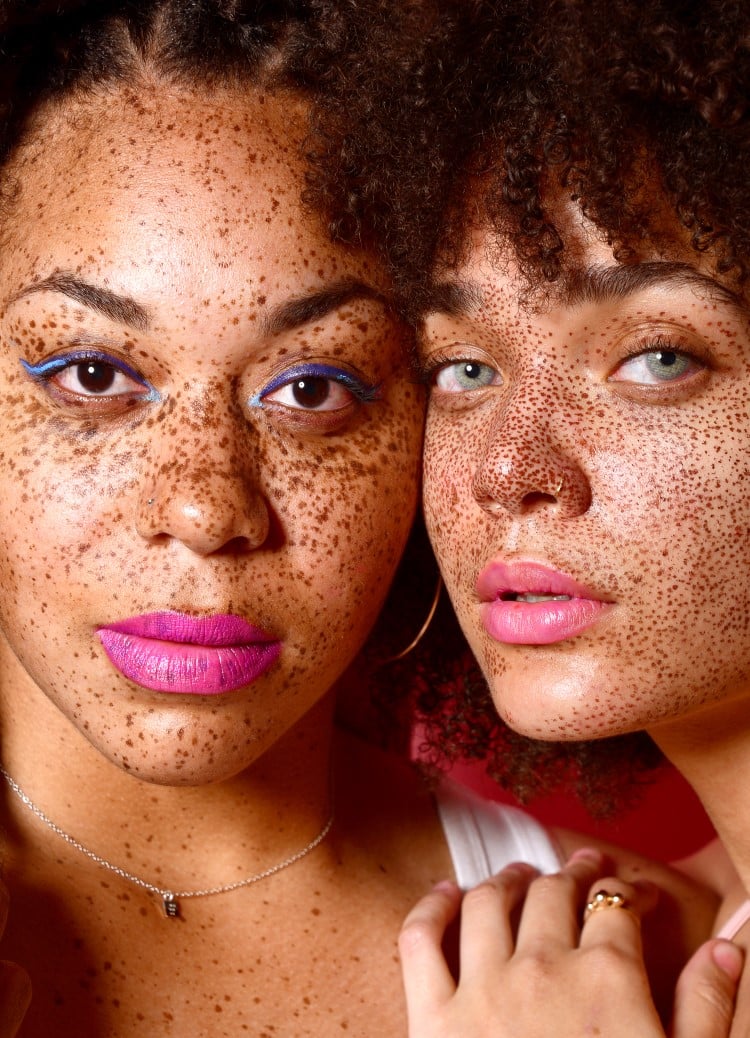

How inclusiveness paves future paths for brands, ingredients, and product formulation
The future remains focused on product efficacy, but the importance of beauty inclusivity will also depend heavily on authenticity from brands and manufacturers who claim to be inclusive beyond messaging.
From smart packaging that is functional for people with disabilities to ingredient transparency and safety, truly inclusive beauty brands will have significant opportunities to better connect with diverse consumers.
However, brands must embody inclusivity by championing a new era of beauty with refined approaches. For example, eczema skin care or thinning and grey hair treatments shouldn't be considered atypical or abnormal conditions with language that positions them as such. Shoppers shouldn’t feel like outsiders because they need more tailored skin or hair care solutions but should be welcomed and part of the discussion surrounding beauty standards and new product development.
Gender-fluid and niche beauty spaces will only become amplified with beauty's burgeoning journey into the metaverse. While the impacts of the metaverse on the beauty world remain to be seen, inclusive beauty brands will have unlimited opportunities to connect with consumers with less real-world constraints. In the metaverse, shoppers can blur the gender lines even further through avatar creation or desire to replicate experimental metaverse styling and applications to their real-world counterparts.
In 2017 Rihanna's Fenty Beauty makeup brand broke records with a 40-shade foundation line (now expanded to 50), marking a crucial moment for beauty inclusiveness. From the beginning, Fenty Beauty has encompassed inclusivity principles from celebrating all genders, orientations, body shapes, and skin tones while also involving members from those respective communities in developing and improving its products.
However, brands should also be cautious and only highlight beauty inclusiveness if their efforts are sincere. If inclusivity efforts by brands are disingenuous or solely for profit, it opens the door for potential backlash. Manufacturers and beauty formulators looking to revamp their approaches should note that inclusive efforts start at the beginning – from ingredient choices (vegan, halal, upcycled, etc.) to the marketing collateral and product positioning that targets their consumers. To build even further credibility as inclusive organizations, brands occasionally donate a profit percentage to causes promoting equality.
A "No Boundaries" approach to formulation and beauty ingredients
Through our network of global Solution Centers, Univar Solutions has formulated inspirational prototypes to help guide our customers on their journey toward inclusivity.
Our No Boundaries ingredient kit helps brands break down gender and other long-standing barriers to feature innovative formulas, textures, and colors – inclusive for all beauty types.
Section title






References:
- Exploding Topics, The Ultimate List of Beauty Stats https://explodingtopics.com/blog/beauty-industry-stats
- Statista, Revenue of the leading 10 beauty manufacturers worldwide in 2021https://www.statista.com/statistics/243871/revenue-of-the-leading-10-beauty-manufacturers-worldwide/
- Pew Research Center, On the Cusp of Adulthood and Facing an Uncertain Future: What We Know About Gen Z So Far https://www.pewresearch.org/social-trends/2020/05/14/on-the-cusp-of-adulthood-and-facing-an-uncertain-future-what-we-know-about-gen-z-so-far-2/
- Traackr, Trend Lightly: What Happens Without Meaningful Diversity https://www.traackr.com/blog/trend-lightly-what-happens-without-meaningful-diversity
https://connectsearch.com/insights/predicting-beauty-trends-2021/ - Forbes, How One Woman Is Paving The Way For More Diversity And Inclusion In The Beauty Industry https://www.forbes.com/sites/janicegassam/2019/09/13/how-one-woman-is-paving-the-way-for-more-diversity-and-inclusion-in-the-beauty-industry/?sh=3faaed235293
- Mintel report https://reports.mintel.com/trends/#/trend/717896?application=h:12,m:1157357


